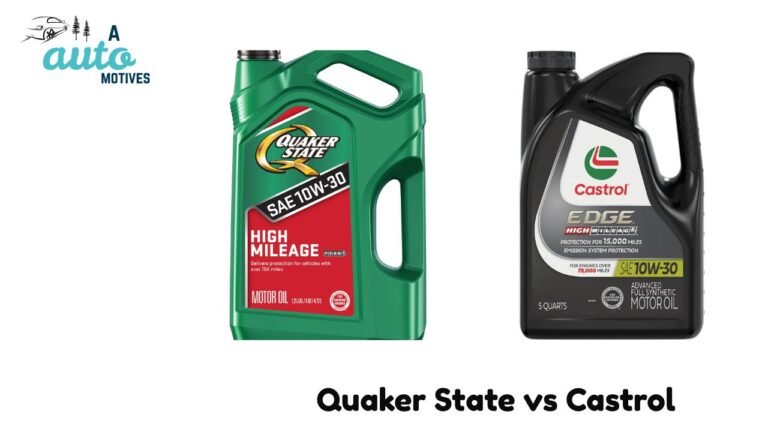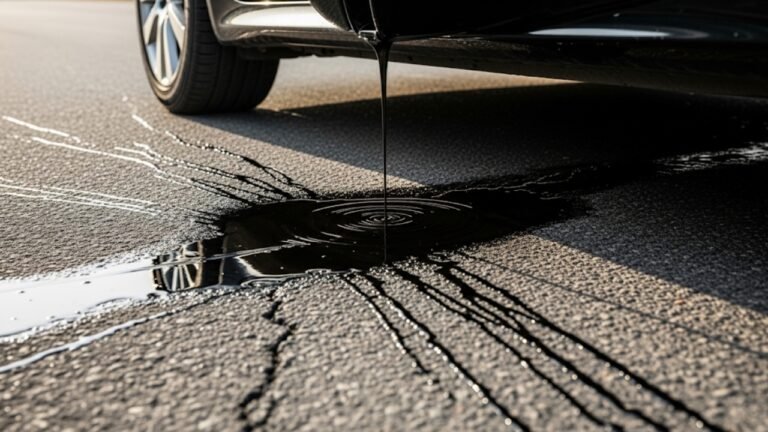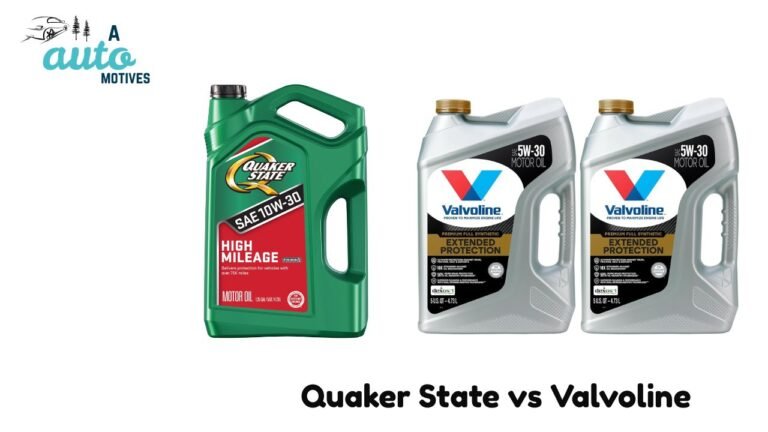Where Is Oil Pan Located on a Car?
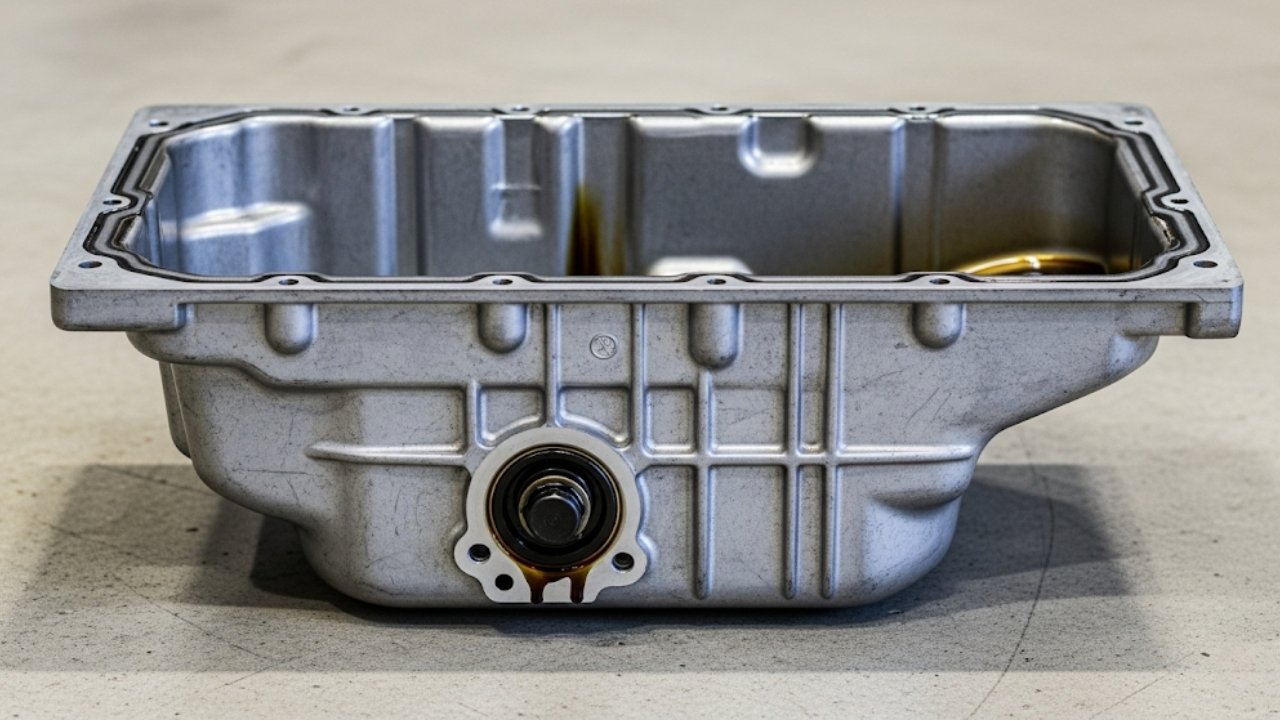
If you’ve ever slid under your car and wondered about the parts tucked beneath that big metal belly, chances are you’ve asked: “Where is oil pan located on a car?” It’s not something we talk about at dinner tables or while sipping tea with friends. But when that dreaded oil leak puddle greets you under the car one morning, this question becomes very real.
Let’s explore it like two friends chatting about car trouble on a rainy afternoon—nothing too technical, but full of clarity, care, and yes, a little grease.
In This Article
- 1 Why the Oil Pan Matters More Than You Think
- 2 So, Where Is the Oil Pan Located on a Car?
- 3 Types of Oil Pans: Not All Are Created Equal
- 4 How to Spot Your Oil Pan (Without a Mechanic)
- 5 Common Issues with Oil Pans and Their Symptoms
- 6 Oil Pan Replacement: Is It a DIY Job?
- 7 How to Prevent Oil Pan Damage: Small Habits, Big Impact
- 8 Signs Your Oil Pan Is in Trouble
- 9 Cost of Repair: What Will It Hit You With?
- 10 Cultural Anecdote: The Rickshaw vs. Sedan Story
- 11 Frequently Asked Questions (FAQs)
- 11.1 1. Where exactly is the oil pan located on a car?
- 11.2 2. Can I drive with a damaged oil pan?
- 11.3 3. How do I know if my oil pan is leaking?
- 11.4 4. Is replacing an oil pan expensive?
- 11.5 5. Can I replace the oil pan gasket myself?
- 11.6 6. Do all cars have an oil pan?
- 11.7 7. What happens if oil pan bolts are too tight?
- 11.8 8. Why do oil pans rust?
- 12 What to Do After an Oil Pan Leak
- 13 Final Thoughts: A Little Pan with a Big Role
Why the Oil Pan Matters More Than You Think
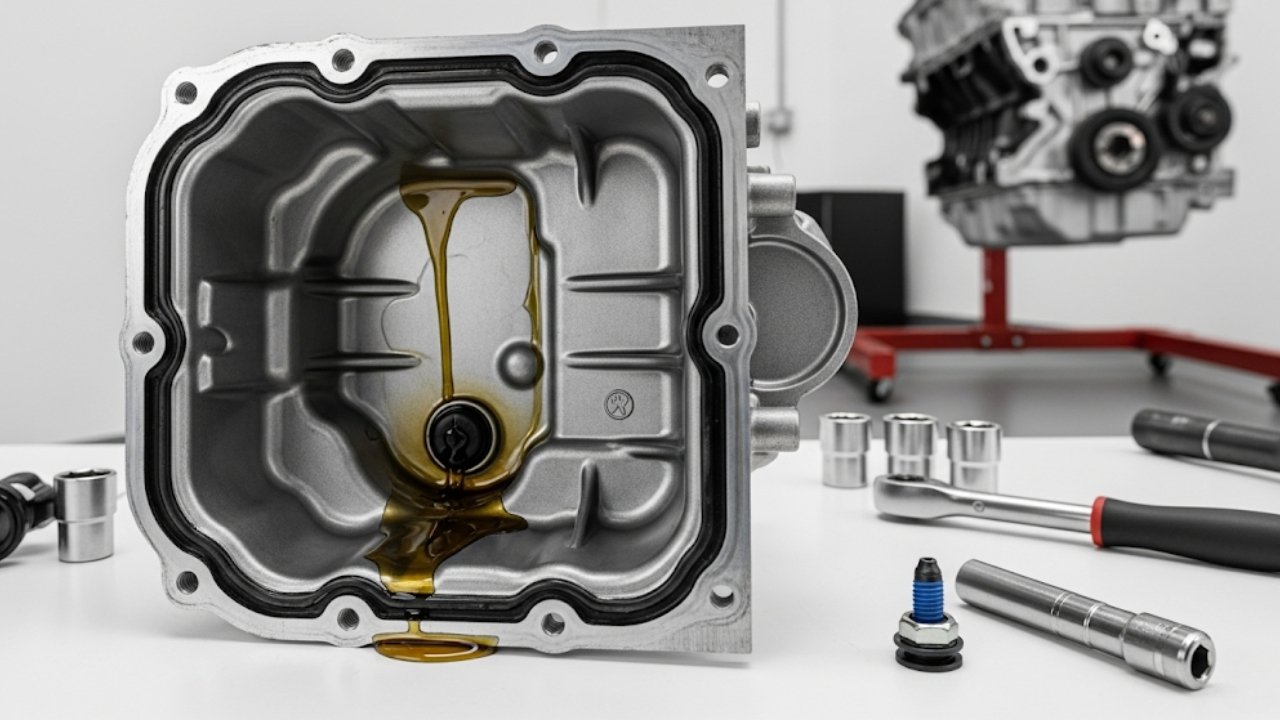
Here’s a quick breakdown of what it does:
-
Stores motor oil when the engine is off
-
Feeds oil to the engine via the oil pump
-
Collects oil returning from the engine
-
Helps cool the oil slightly as it’s exposed to airflow
Without the oil pan, oil would drip right out of your engine—leaving metal parts to grind together and, well, burn. Not pretty.
So, Where Is the Oil Pan Located on a Car?
Let’s answer the golden question: Where is oil pan located on a car?
To put it simply: the oil pan is located at the bottom of your engine, usually right in the center of the car if you’re facing the hood. It’s the lowest hanging part of your engine bay and looks like a shallow metal bowl.
You’ll need to get under the vehicle to really spot it—either with a jack, a lift, or at least by crouching down and peeking in. It’s most often:
-
Underneath the front of the car
-
Directly attached to the engine block
-
Next to or near the oil filter and oil drain plug
It’s bolted securely in place and sealed with a gasket to prevent oil leaks. But, let me tell you a personal story here.
I once parked my old sedan in a friend’s garage and noticed a small puddle. I thought it was AC water at first. But no—turns out my oil pan gasket had cracked, and the pan was slowly leaking. That simple part, so tucked away and unnoticeable, turned my day upside down.
Types of Oil Pans: Not All Are Created Equal
Depending on your car, the oil pan might look a bit different. While the function stays the same, the material and shape can vary.
| Type | Material | Vehicle Type | Durability |
|---|---|---|---|
| Stamped Steel | Steel | Common in most sedans | Fair – prone to rust |
| Cast Aluminum | Aluminum Alloy | Sports/Luxury Cars | High – light and cool |
| Composite Pans | Plastic Composites | Newer Hybrid/Eco Cars | Medium – eco-friendly |
Some vehicles even have two-piece oil pans, where the upper pan is built into the engine block and the lower is removable. This is especially common in trucks or performance engines.
How to Spot Your Oil Pan (Without a Mechanic)
If you’re the DIY type or simply curious, finding the oil pan is easier than it sounds. Here’s how:
-
Park your car on a flat surface.
-
Use a jack or ramps to elevate the front. Safety first—always secure with jack stands.
-
Slide under the car (or use a mirror).
-
Look for a shiny or painted metal pan, bolted directly to the underside of the engine.
-
The oil drain plug will be at the bottom or side of it. That’s your confirmation.
Bonus Tip: The oil pan is usually behind the front bumper but in front of the front wheels. So, don’t go looking near the rear axle!
Common Issues with Oil Pans and Their Symptoms
You won’t think much about the oil pan until something goes wrong. Trust me, I’ve learned the hard way. And when it does go wrong, you’ll notice symptoms like:
-
Oil puddles under the car
-
Burning oil smell
-
Low oil levels on the dipstick
-
Check Engine Light or Oil Pressure Warning
Most commonly, the oil pan gasket wears out. Or worse, you hit a bump or stone that cracks the oil pan itself. Since it sits low, it’s vulnerable—especially in cars with low ground clearance.
Oil Pan Replacement: Is It a DIY Job?
If you’re handy with tools and have a free weekend, replacing the oil pan can be a DIY job—but it’s not for everyone.
You’ll need:
-
Socket wrench set
-
New oil pan and gasket
-
Oil catch pan
-
Jack stands
-
Torque wrench
-
RTV sealant (if required)
But here’s the honest truth: If you’ve never wrenched under a car, this might be a job better left to a pro. Especially because over-tightening bolts or improper sealing can cause leaks all over again.
I once helped a friend swap out a corroded oil pan in his ’98 Toyota. It took us 4 hours, two pizza breaks, and a very long YouTube tutorial—but we did it. The sense of pride afterward? Priceless.
How to Prevent Oil Pan Damage: Small Habits, Big Impact
Protecting your oil pan starts with awareness. It’s not just about knowing where the oil pan is located on a car, but also recognizing how exposed and vulnerable it can be. Since it’s positioned at the lowest point of your engine, one bad bump or rogue stone can cause real trouble.
Here are simple ways to prevent damage:
-
Avoid rough or unpaved roads when possible.
-
Drive slowly over speed bumps. No need to “Dukes of Hazzard” your car.
-
Install a skid plate, especially if you live in rural or hilly areas.
-
Check under your car regularly. A quick visual can prevent costly surprises.
-
Don’t ignore small oil leaks—they rarely fix themselves.
My uncle, who drives a pickup on village roads daily, once ignored a small oil drip. Two months later, the engine seized. A cracked oil pan went unnoticed until it was too late. Lesson learned: a few drops can mean major damage.
Signs Your Oil Pan Is in Trouble
Besides the obvious oil puddle, other warning signs might pop up when your oil pan is failing. Don’t brush them off.
Look out for:
-
Burnt oil smell inside the cabin (usually from dripping oil hitting hot exhaust parts)
-
Visible dents or scratches underneath the car
-
Unusual engine sounds, like ticking or knocking (from low oil levels)
-
Poor fuel efficiency
-
Overheating engine, since oil helps manage heat too
The tricky part? These symptoms often mimic other issues. But if you know where the oil pan is located on a car, a quick crawl underneath can give you answers faster than Google.
Cost of Repair: What Will It Hit You With?
Let’s talk numbers, because oil pan repairs aren’t always cheap—but they don’t have to break the bank either.
| Type of Repair | Average Cost (USD) |
|---|---|
| Oil Pan Gasket Replacement | $100 – $350 |
| Full Oil Pan Replacement | $300 – $900+ |
| DIY Gasket + Tools | $50 – $150 |
Luxury cars and imports (like BMW or Audi) may cost more due to complex layouts or hard-to-find parts. But a basic sedan like a Honda or Toyota? Much more affordable.
Pro tip: If you’re getting an oil change and suspect oil pan issues, ask the mechanic to check it. A quick inspection can save hundreds later.
Cultural Anecdote: The Rickshaw vs. Sedan Story
Back in my hometown, we used to joke that a rickshaw could survive roads that a luxury sedan never could. And honestly, it’s true. Why? Ground clearance.
Most oil pans are dangerously close to the road in modern cars—designed for performance, not village roads. If you’re from South Asia, Africa, or rural parts of the U.S., you know the pain of uneven roads. You hit one pothole wrong, and bam, your oil pan takes the hit.
That’s why many locals install custom skid plates or “belly guards.” Cheap, effective, and life-saving—for your engine, anyway.
Frequently Asked Questions (FAQs)
1. Where exactly is the oil pan located on a car?
The oil pan is located directly under the engine, bolted to the engine block. It sits at the lowest point of the vehicle’s engine bay, near the front wheels, and usually behind the front bumper.
2. Can I drive with a damaged oil pan?
No. Even if it’s a small leak, driving with a damaged oil pan risks losing oil pressure, leading to engine damage or seizure. Always repair or replace it ASAP.
3. How do I know if my oil pan is leaking?
Look for oil spots under your car, burning smells, or low oil levels. A visual inspection will show wetness around the oil pan or the oil drain plug.
4. Is replacing an oil pan expensive?
It depends on your vehicle. Basic models may cost around $300, while luxury or imported cars may exceed $800–900 due to labor and parts.
5. Can I replace the oil pan gasket myself?
Yes, if you’re confident and have basic tools. But make sure you torque bolts evenly, use new gaskets, and properly drain and refill the oil.
6. Do all cars have an oil pan?
Yes—combustion engine cars all have an oil pan. EVs (electric vehicles) don’t need one, as they don’t use engine oil the same way.
7. What happens if oil pan bolts are too tight?
Over-tightening can crack the oil pan or squish the gasket, leading to leaks. Always follow torque specs from your service manual.
8. Why do oil pans rust?
Water, salt, and road grime cause corrosion over time, especially in steel pans. Aluminum pans are more resistant but still need care.
What to Do After an Oil Pan Leak
The moment you spot a leak:
-
Stop driving if it’s dripping fast.
-
Check the dipstick for oil level.
-
Wipe the oil pan clean and look for cracks.
-
Tighten the drain plug—sometimes it’s just loose.
-
If needed, tow the car to a mechanic.
Quick Fix (not permanent): If the leak is minor and you’re far from help, you can use JB Weld or liquid metal to patch the crack temporarily. But please—this is a short-term fix. Get it fixed properly soon.
Final Thoughts: A Little Pan with a Big Role
Who knew such a small metal pan could hold such importance, right? The oil pan, quietly doing its job every day under your engine, doesn’t get enough credit. But now that you know where is oil pan located on a car, you’re already ahead of most drivers.
Next time you hear someone say, “I think my car’s leaking oil,” you’ll know exactly where to look—and maybe even help them out. It’s not just about fixing cars, it’s about knowing your machine, respecting its design, and keeping it running smooth for years.
And maybe, just maybe, it’s about one more story you can share on a lazy afternoon—with a cup of tea, some grease-stained hands, and the pride of knowing your car inside and out.


